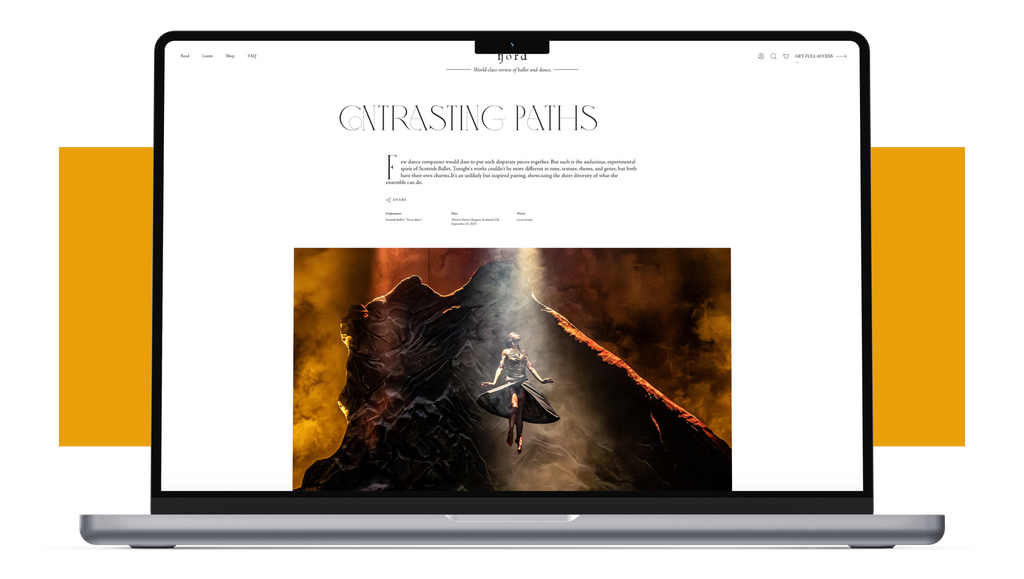Pioneering Women
My first exposure to “Appalachian Spring” was the music—a sixth grade fieldtrip to the Denver Symphony Orchestra—long before I heard about Martha Graham.
Continua a leggere
World-class review of ballet and dance.
According to artistic director Peter Boal’s welcome letter for Pacific Northwest Ballet’s fifth season program, the most popular mixed rep slates at PNB feature works by Crystal Pite or Twyla Tharp. Well, this San Francisco-based fan sure appreciates their taste up there in Seattle. Boal must reckon himself in a happy place as AD when, to satisfy the local masses, he gets to pair a small, deceptively simple masterpiece by Tharp with a juicy mass spectacle by Pite. In between, Boal placed a short, imagistically powerful solo by the company’s new resident choreographer, Jessica Lang. Released as part of the company’s Covid-initiated digital offerings, it all played beautifully for the screen. Don’t blame a California-based ballet lover for wishing she could transplant the company 800 miles south.
Performance
Place
Words



“Uncommonly intelligent, substantial coverage.”
Already a paid subscriber? Login

My first exposure to “Appalachian Spring” was the music—a sixth grade fieldtrip to the Denver Symphony Orchestra—long before I heard about Martha Graham.
Continua a leggereAn enduring image from Jody Oberfelder’s new site-specific dance “And Then, Now,” is of the lithe, 70-year-old choreographer perched up on a tall hill at Green-Wood Cemetery in Brooklyn, framed by enormous trees and an expansive blue sky.
FREE ARTICLEJukebox musicals tend to come in two packages. The first centers a celebrity musician or musical group and uses the subject's body of work to tell a biographical narrative (“Carole King,” “The Temptations,” “The Four Seasons”).
FREE ARTICLEI may never know what it is like to be an octopus, but I can begin to imagine what it might be like if I was an octopus.[1] Equally, I may never know what it is like to be a dancer, and someone who communicates with their body, but, thanks to a special in-house showing of Prue Lang’s work-in-progress, “Poesis,” as part of her Australian Ballet’s residency program,[2] I can imagine what it might be like if I were. And so it was, that I found myself once more, in the late afternoon, in the van Praagh studio, of the Primrose...
FREE ARTICLE
comments